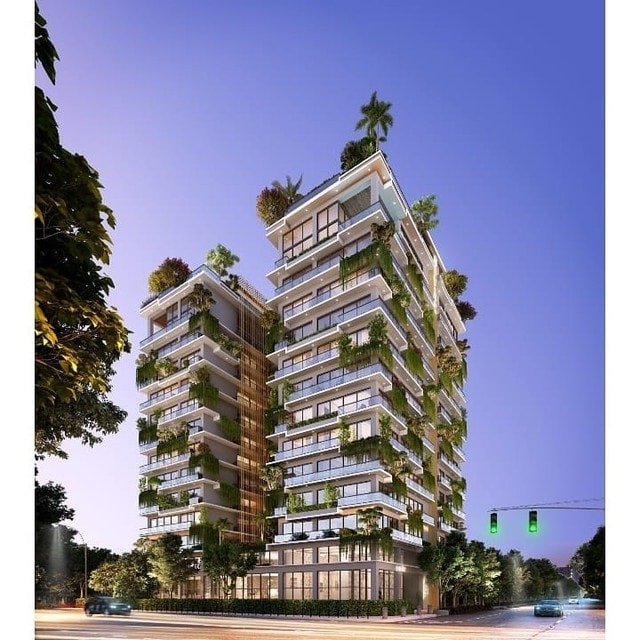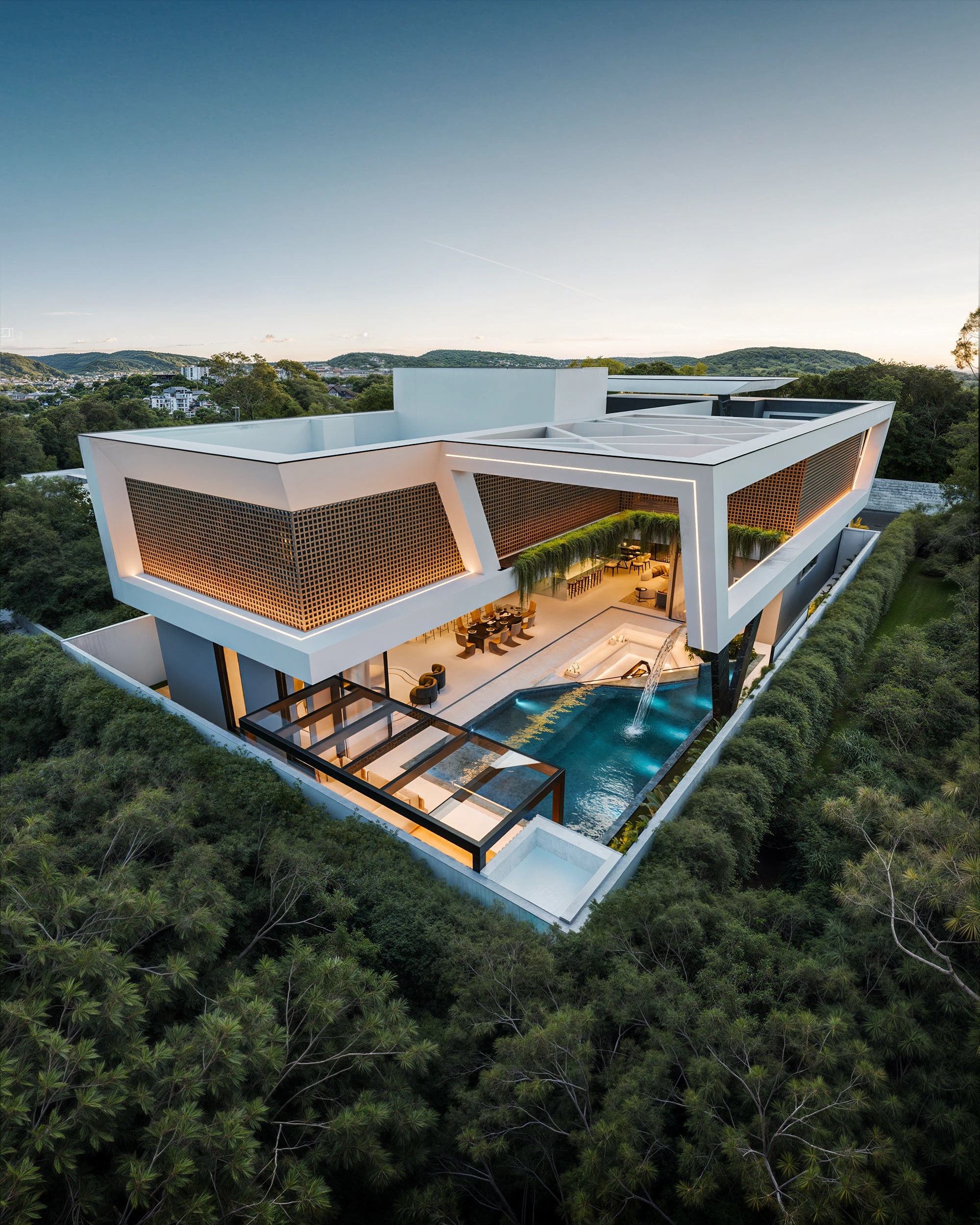
ACCO Why Multi-Story Buildings Are Booming in Pakistan’s Urban Areas
| Main Topic | Sub-Topics |
|---|---|
| Introduction | Overview of the rise of multi-story buildings in Pakistan’s urban areas |
| The Rapid Urbanization of Pakistan | Population growth, migration to cities, and the demand for housing |
| Economic Growth and Real Estate Development | Economic factors driving urban expansion and high-rise construction |
| Land Scarcity and the Need for Vertical Expansion | Limited land availability in cities and the push for high-density development |
| Government Policies and Urban Planning | Regulatory support, zoning laws, and incentives for multi-story developments |
| Cultural Shifts and Modern Lifestyles | Changing preferences for urban living, privacy, and modern amenities |
| Advancements in Construction Technology | Innovations in building materials, construction techniques, and safety standards |
| The Role of Foreign Investment | Impact of international investment on real estate and high-rise projects |
| Sustainable Development and Green Buildings | Environmental concerns, energy efficiency, and sustainable high-rise construction |
| Mixed-Use Developments and Urban Convenience | The rise of integrated spaces combining residential, commercial, and recreational areas |
| The Appeal of High-End Residential Towers | Luxurious living, amenities, and security in high-rise residential buildings |
| Affordable Housing Solutions in High-Rises | Addressing housing shortages with cost-effective vertical developments |
| The Impact of Infrastructure Development | Roads, public transport, and utilities supporting high-rise growth |
| Challenges in High-Rise Construction | Economic, regulatory, and environmental challenges faced by developers |
| Cultural and Social Impacts of High-Rise Living | How high-rise buildings are reshaping social interactions and community life |
| Safety Standards and Building Codes | Ensuring structural integrity, earthquake resistance, and fire safety in high-rises |
| The Future of Multi-Story Buildings in Pakistan | Emerging trends, future projections, and the long-term impact on urban landscapes |
| Case Studies of Iconic High-Rise Projects | Examples of successful high-rise developments in Karachi, Lahore, and Islamabad |
| The Role of Public-Private Partnerships | Collaborative efforts between the government and private sector in urban development |
| Global Influences on Pakistan’s High-Rise Boom | The impact of global architectural trends and practices on local development |
| Conclusion | Summary of the factors driving the boom in multi-story buildings and future outlook |
Why Multi-Story Buildings Are Booming in Pakistan’s Urban Areas
SEO Meta-Description
Explore why multi-story buildings are booming in Pakistan’s urban areas, driven by rapid urbanization, economic growth, and the need for sustainable, high-density housing solutions.
Introduction
In recent years, Pakistan’s urban areas have experienced a significant transformation, marked by the rapid proliferation of multi-story buildings. Cities like Karachi, Lahore, and Islamabad are witnessing a construction boom that is reshaping their skylines and redefining urban living. This surge in high-rise developments is not just a response to population growth but also a reflection of broader economic, social, and cultural shifts. The rise of multi-story buildings in Pakistan’s urban areas is a multifaceted phenomenon driven by a combination of factors that are shaping the future of the country’s cities.
The Rapid Urbanization of Pakistan
One of the primary drivers behind the boom in multi-story buildings is the rapid urbanization occurring across Pakistan. With the country’s population growing at a fast pace, more people are migrating to urban centers in search of better employment opportunities, education, and healthcare. This migration has resulted in an increased demand for housing in cities, leading to the development of high-rise buildings as a practical solution to accommodate the swelling urban population. The shift from rural to urban living has made vertical expansion necessary to efficiently utilize the limited space available in major cities.
Economic Growth and Real Estate Development
Pakistan’s economic growth over the past decade has had a significant impact on the real estate sector. As the economy expanded, so did the purchasing power of the middle and upper classes, leading to a surge in demand for modern housing and commercial spaces. Real estate developers, recognizing the potential for profit in high-density urban areas, have increasingly turned to multi-story buildings as a way to maximize land use and generate higher returns on investment. This economic dynamism has fueled the construction of high-rise buildings, particularly in prime urban locations where land is scarce and expensive.
Land Scarcity and the Need for Vertical Expansion
The scarcity of land in Pakistan’s urban centers is another critical factor driving the rise of multi-story buildings. As cities expand, the availability of land for new construction has become increasingly limited, particularly in densely populated areas. This has necessitated a shift towards vertical expansion, with developers focusing on building upwards rather than outwards. High-rise buildings offer a practical solution to the challenge of land scarcity, allowing for the creation of more housing and commercial spaces within the same footprint. This approach not only optimizes land use but also helps to address the housing shortage in rapidly growing cities.
Government Policies and Urban Planning
Government policies and urban planning initiatives have played a crucial role in facilitating the boom in multi-story buildings in Pakistan. Zoning laws and building regulations have been updated to support high-rise construction, while incentives such as tax breaks and relaxed approval processes have encouraged developers to invest in vertical projects. Additionally, the government has launched various housing schemes aimed at providing affordable housing through the construction of multi-story buildings. These policies have created a favorable environment for high-rise developments, making them an integral part of Pakistan’s urbanization strategy.
Cultural Shifts and Modern Lifestyles
Cultural shifts and changes in lifestyle preferences have also contributed to the popularity of multi-story buildings in Pakistan. As more people embrace urban living, there is a growing demand for modern, convenient, and secure housing options. High-rise buildings, with their modern amenities, security features, and proximity to workplaces, shopping centers, and entertainment venues, offer a lifestyle that appeals to urban dwellers. The desire for privacy, coupled with the need for community spaces, has made multi-story buildings an attractive choice for many residents, particularly young professionals and small families.
Advancements in Construction Technology
Advancements in construction technology have made it easier and more cost-effective to build multi-story buildings in Pakistan. Innovations in building materials, such as high-strength concrete and steel, have improved the durability and safety of high-rise structures. Prefabrication and modular construction techniques have also reduced construction time and costs, making it feasible to develop multi-story buildings at a faster pace. Additionally, modern construction methods have enhanced the energy efficiency and environmental sustainability of high-rise buildings, making them a more viable option for urban development.
The Role of Foreign Investment
Foreign investment has played a significant role in the growth of Pakistan’s real estate sector, particularly in the development of multi-story buildings. International investors have recognized the potential of Pakistan’s growing urban markets and have invested in high-rise projects, bringing in capital, expertise, and global architectural trends. This influx of foreign investment has not only accelerated the construction of high-rise buildings but has also raised the standard of urban development in Pakistan, introducing modern design and construction practices that align with global best practices.
Sustainable Development and Green Buildings
As environmental concerns become increasingly important, the demand for sustainable development and green buildings is rising in Pakistan. Multi-story buildings are being designed with energy efficiency and environmental sustainability in mind, incorporating features such as solar panels, energy-efficient windows, and green roofs. These sustainable practices not only reduce the environmental impact of high-rise buildings but also lower operational costs for residents and businesses. The emphasis on green building practices is driving the adoption of multi-story buildings as a key component of sustainable urban development in Pakistan.
Mixed-Use Developments and Urban Convenience
The rise of mixed-use developments is another factor contributing to the boom in multi-story buildings in Pakistan. These developments, which combine residential, commercial, and recreational spaces within a single complex, offer unparalleled convenience for urban residents. By integrating living, working, and leisure spaces, mixed-use developments reduce the need for long commutes and promote a more efficient use of land. This trend is particularly appealing in densely populated cities, where space is at a premium and the demand for integrated, convenient living solutions is high.
The Appeal of High-End Residential Towers
High-end residential towers are becoming increasingly popular in Pakistan’s urban areas, driven by the growing affluence of the middle and upper classes. These luxury high-rises offer a range of amenities, including swimming pools, gyms, and concierge services, catering to the lifestyle preferences of affluent urban dwellers. The security and exclusivity of these residential towers make them attractive to those seeking a high standard of living in the heart of the city. The demand for high-end residential spaces is fueling the construction of premium multi-story buildings, particularly in prime urban locations.
Affordable Housing Solutions in High-Rises
While luxury high-rises dominate the headlines, there is also a growing focus on using multi-story buildings to address Pakistan’s affordable housing crisis. The government and private developers are increasingly turning to vertical developments as a way to provide affordable housing solutions in densely populated urban areas. By building upwards, developers can create more housing units on limited land, making it possible to offer affordable housing options to low- and middle-income families. These developments are essential for addressing the housing shortages in Pakistan’s rapidly growing cities.
The Impact of Infrastructure Development
Infrastructure development plays a vital role in supporting the growth of multi-story buildings in Pakistan. The expansion of roads, public transport networks, and utilities such as water and electricity are essential for the successful implementation of high-rise projects. Improved infrastructure not only makes urban areas more accessible but also enhances the overall quality




